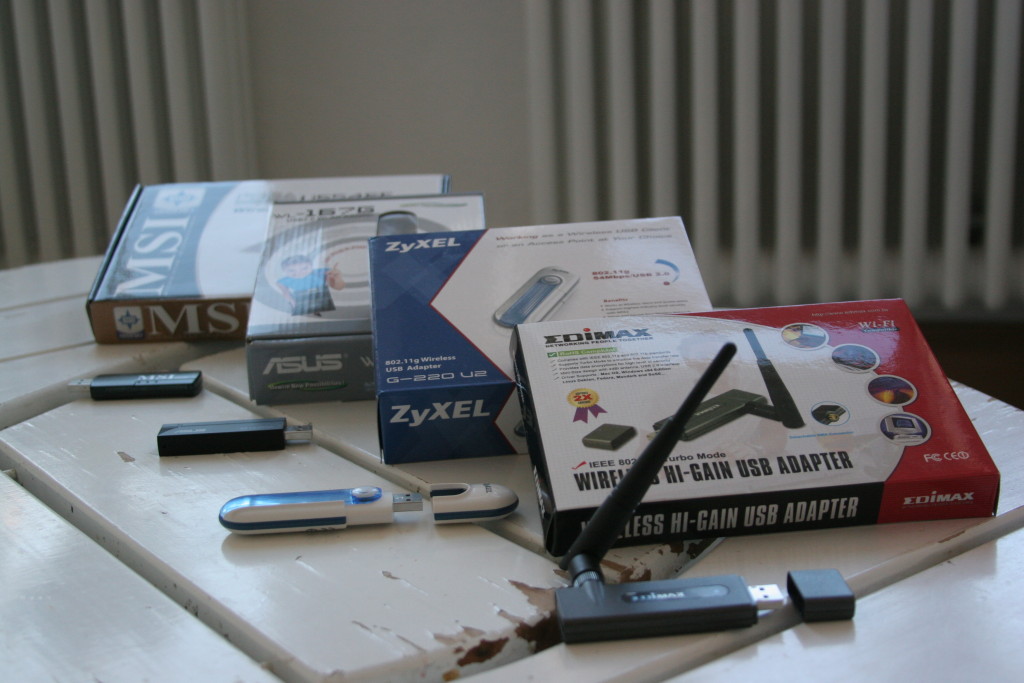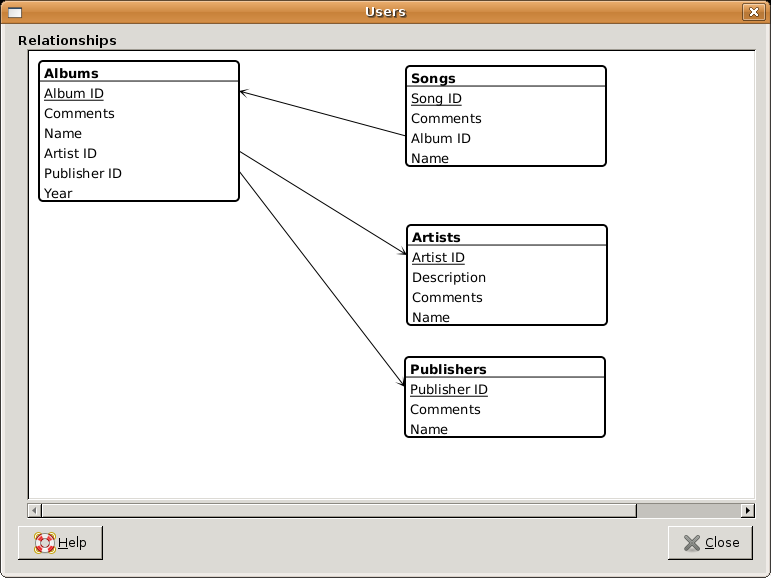Here are some of my thoughts after trying the latest beta version of Canola. The smooth über-simple UI very nearly turns the N800 into a home internet media player, but falls slightly short. If it was open source then it would get there sooner. If Canola doesn’t then someone else will first, which would be a waste of the developers’ hard work.
Installation
This is great. Just open a link from the browser and the thing is installed after a few straightforward button clicks. It seems that Maemo supports .INSTALL files, offering to add a line to the apt-get sources.list file, and then using it to install the specified package. Well done, someone.
Separate configuration
Canola can use UPnP and Dmap (part of DAAP, I think) servers to get shared audio and video from your PC or media server device. I think this concept has encouraged the developers to take the client/server idea a bit too far. So there is a separate Canola Configuration menu item, which starts a web page which connects to a local web server. There’s no reason for this to be a web UI, and no reason for it to be a separate application, interrupting the user experience. It’s an implementation detail that has been exposed to the user unnecessarily. For instance, there’s no good reason that I should have to use a web page to change Canola’s UI theme. If the developers want to get and set application configuration via a local http service then that’s fine, but it doesn’t need to be exposed to the user via a web UI. This is architecture astronautism at the expense of user experience.
The same goes for radio stations and podcasts. Please let me choose them from a list or wizard via the regular UI. At the moment they are even hidden under a “plugins” section in the web UI. Give me instant gratification now, please.
Too many clicks
I can’t click on things as soon as I see them. The simple menu is nice, but quickly annoying for one reason: To select something I have to scroll with the arrows until the item is in the selection rectangle and then click it. I should be able to click it as soon as it comes on screen, as I keep trying to do. Then the selected-item rectangle would be meaningless and could be removed.
It would also be nice if I could scroll with a sweep gesture, as I can in the browser. Trying to do this causes me to accidentally select one of the horizontal icons when my stylus touches it.
When I select an “iRadio” station, it should start playing. Don’t make me click the play button too.
Bugs
Something is causing the list of radio stations under each category to be different each time I open the category. I think it’s doubling the list each time.
Media Server
I haven’t tested the Shared Audio and Shared Video features. What upnp server should I use on Ubuntu? The Canola web-page recommends Twonky, which seems to be proprietary.

